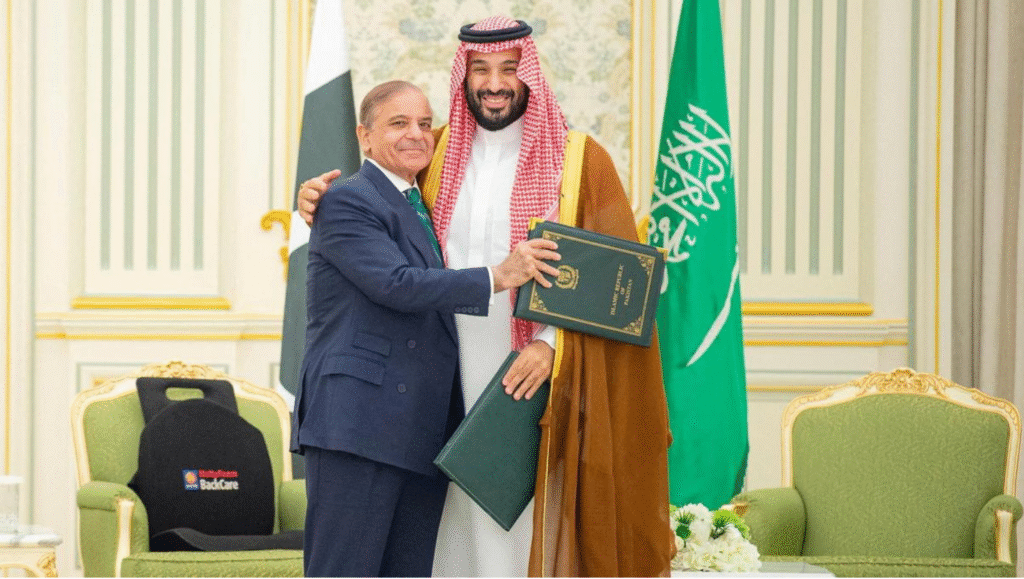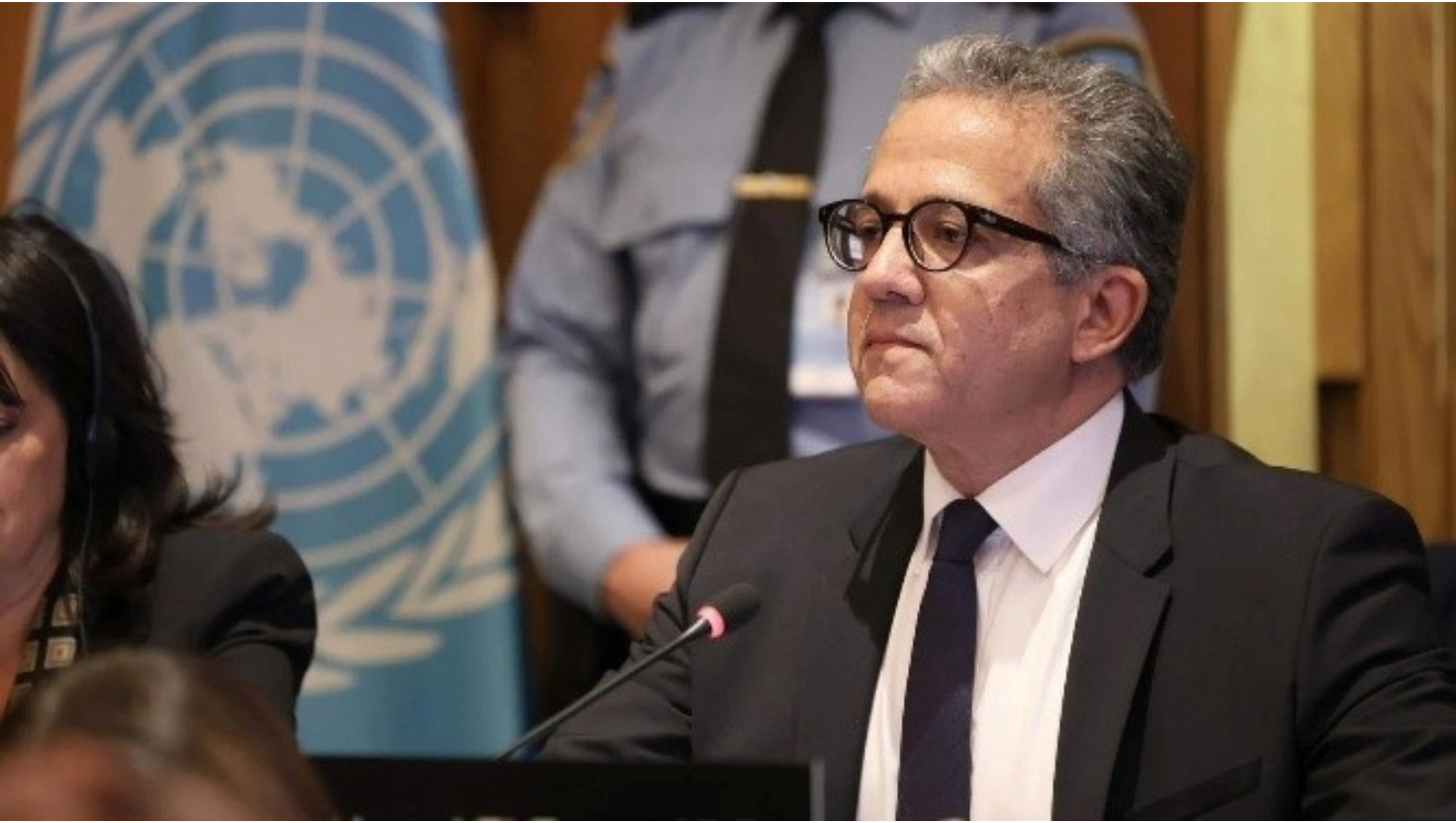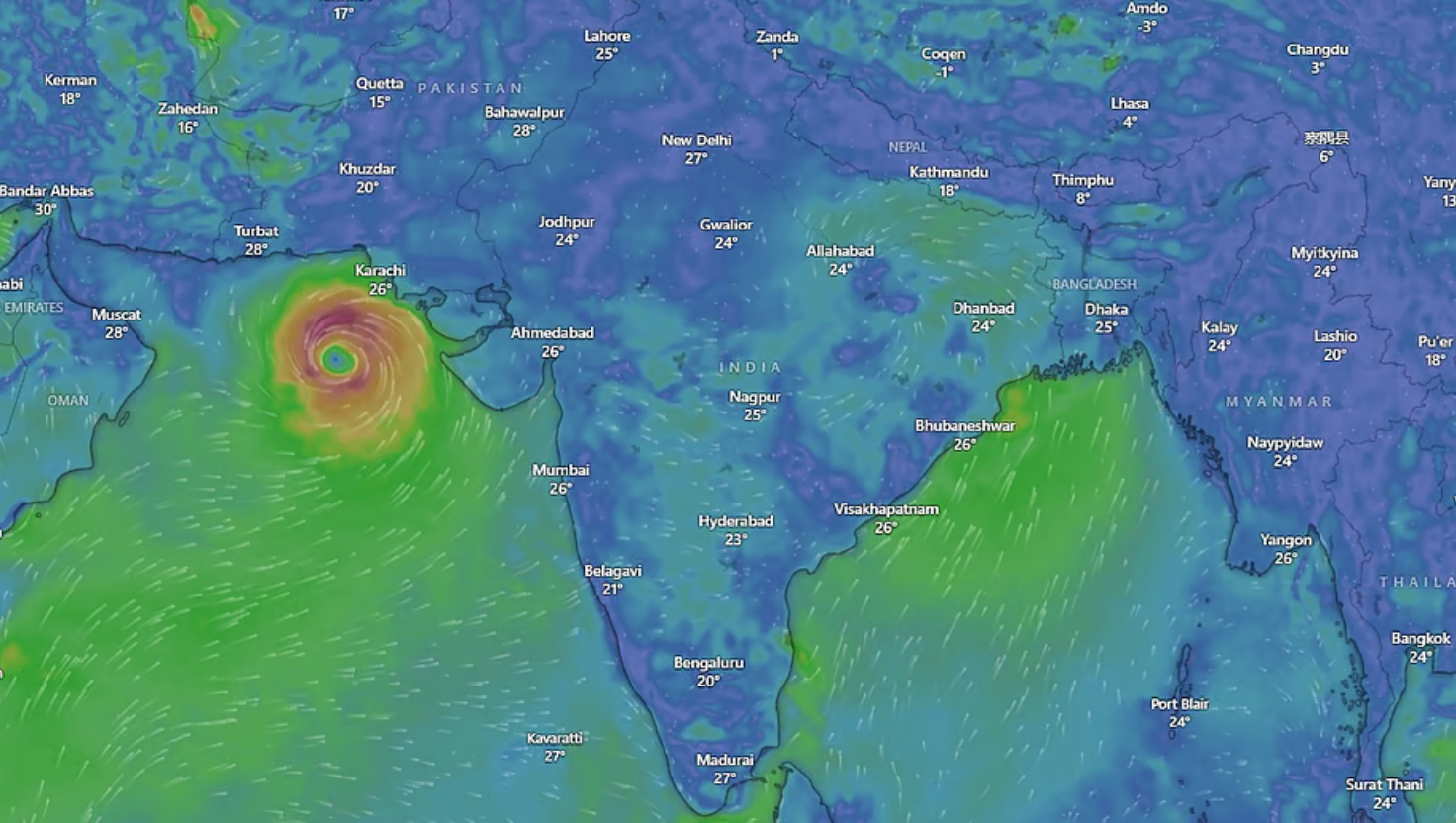Saudi Arabia–Pakistan Defence Pact (Strategic Mutual Defence Agreement (SMDA))
Syllabus: International Relations (UPSC GS II)
Source: The Hindu
Why in News?
Saudi Arabia and Pakistan signed a Strategic Mutual Defence Agreement (SMDA) in Riyadh (Sept 2025). It pledges that an attack on one will be treated as an attack on both, formalising their long-standing security partnership.
What is SMDA?
- Mutual Defence Clause: Any aggression on either country = attack on both.
- Scope: Includes military cooperation — conventional, advisory, and even deterrence.
- Institutional Base: Builds on the 1982 Bilateral Security Agreement and decades of military training, arms trade, and troop deployments.
- Strategic Timing: Comes amid Israel–Qatar tensions, signalling Riyadh’s focus on regional self-reliance and reduced dependence on U.S. guarantees.
- Economic Element: Assures Saudi financial aid for Pakistan’s economy, supporting arms procurement and energy needs.
Why It Matters for India
- Strategic Watch: Pact could allow Pakistan to seek Saudi support in future conflicts with India.
- Limited Immediate Risk: Saudi–India ties are strong (USD 42.9 bn trade, defence cooperation, investments), making overt anti-India moves unlikely.
- Diplomatic Opportunity: India must keep engaging Saudi Arabia to ensure Arab neutrality in South Asian crises.
Wider Geopolitical Effects
- Regional Balance: Strengthens Saudi Arabia against Iran, Houthis, and unilateral Israeli actions.
- U.S. Factor: Shows Gulf states’ declining faith in American security guarantees, moving towards multipolarity.
- Nuclear Concerns: Though fears exist, actual nuclear sharing between Pakistan and Saudi Arabia is improbable due to Israeli red lines.
- Symbolic Message: Demonstrates Islamic solidarity, with Pakistan projecting itself as a pan-Islamic security provider.
India’s Strategic Options
- Deepen Defence Ties: Expand training, joint exercises, and intelligence-sharing with Saudi Arabia.
- Energy Security: Lock in long-term crude oil and green hydrogen partnerships.
- Vigilance: Monitor implementation of SMDA and possible troop deployments.
- Maritime Cooperation: Enhance naval presence in the Arabian Sea to secure energy lifelines.
- Leverage Economy: Use India’s market and diaspora as stabilising tools in Indo–Saudi relations.
Conclusion
The Saudi–Pakistan pact is more symbolic than an immediate threat to India. For New Delhi, the priority lies in strategic vigilance, closer ties with Riyadh, and leveraging economic and energy interdependence to keep Arab neutrality intact during South Asian tensions.











